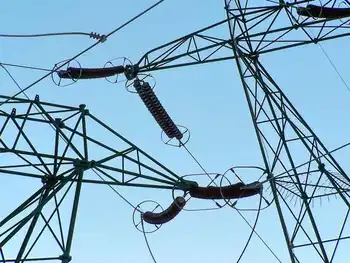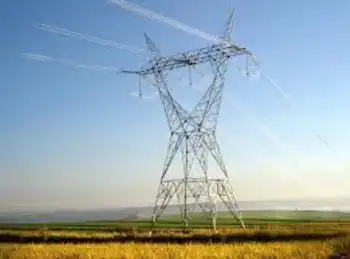From wind power to biodiesel fuel, sites work to keep their attraction from melting
By The Oregonian
Protective Relay Training - Basic
Our customized live online or in‑person group training can be delivered to your staff at your location.

- Live Online
- 12 hours Instructor-led
- Group Training Available
The ski industry is going green to help offset the pollution that feeds global warming - a phenomenon that challenges the resorts' very existence with the threat of later snowfalls and earlier snow melts.
Fifty-five resorts in 14 states are buying renewable energy to offset part or all of their power needs, according to the National Ski Areas Association. Of these, 26 are operating 100 percent on green energy.
"We as a company and us as an industry are really kind of leading the way amongst corporate America in doing the right things for the environment," Vail Resorts CEO Rob Katz said.
Vail Resorts took the environmental lead in August with the purchase of nearly 152,000 megawatt hours of wind energy, making it the second largest corporate user in the United States, behind Whole Foods Market Inc. Wind powers every lift and light bulb (low energy) at Vail's five resorts - Vail, Beaver Creek, Arrowhead and Keystone in Colorado and Heavenly in the Sierra on the California-Nevada line.
Vail trumped its own environmental card earlier with the announcement of plans for Ever Vail, one of the largest green projects at a North American ski resort. The $1 billion development will total about 1 million square feet including condos, a hotel and commercial buildings. Katz hopes it will win certification from the Leadership in Energy and Environmental Design system, or LEED, which promotes buildings that use less energy and water, emit less pollution and conserve materials.
The environmental group Colorado Wild has been critical of Vail and other resorts, saying that while they are investing in alternative energy, they don't always protect wildlife habitat and water.
"The first question that always needs to be asked is whether or not additional development is necessary at all," spokesman Ryan Bidwell said.
At Mammoth, Environmental Program Director Lisa Isaacs said her job goes beyond making sure the resort follows the rules, and includes developing policies that encourage employees and guests to conserve. The resort also has an energy manager - Bob Bradbury - who goes by the nickname "Tight Watt."
From things as simple as scraping ice out of doorways so the doors close tightly to more complex ones like monitoring buildings with an infrared camera to detect heat leaks, Bradbury helps Mammoth save energy - and money. The resort has had bus service since 1984 to get visitors out of their cars, starting with 170,000 passengers the first season and expanding to more than 700,000 last year.
The ski industry has responded in other ways to the warming threat with projects to green up and to conserve.
High-speed lifts and gondolas carry more passengers and whisk them to the top of the mountain faster than their predecessors. Some resorts are switching over to biodiesel - fuel from renewable sources such as vegetable oils and animal fats - to power their shuttles or to hybrid vehicles. Mammoth is exploring tapping geothermal resources from the extinct volcano that created the mountain.
Others recycle. Vegetable kitchen scraps at Keystone are combined with wood shavings to create a rich fertilizing soil. Copper Mountain, Steamboat and the Vail Resorts work with the National Forest Foundation to encourage guests to make a donation to the foundation, which matches contributions 50 percent.
"We're probably going to raise around $600,000 a year and although there's probably less glitz in that type of a program, there will probably be more impact locally and to the environment right away from those efforts," Katz of Vail Resorts, said.
"We really think that all these projects that we're doing are things that are really consistent with what our guests want. We obviously think that that's paid off in spades down the road from having greater loyalty from our guests," he said.











